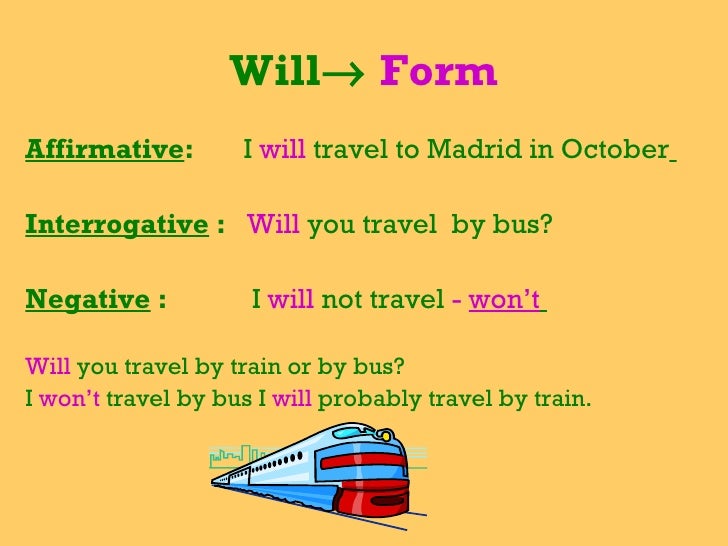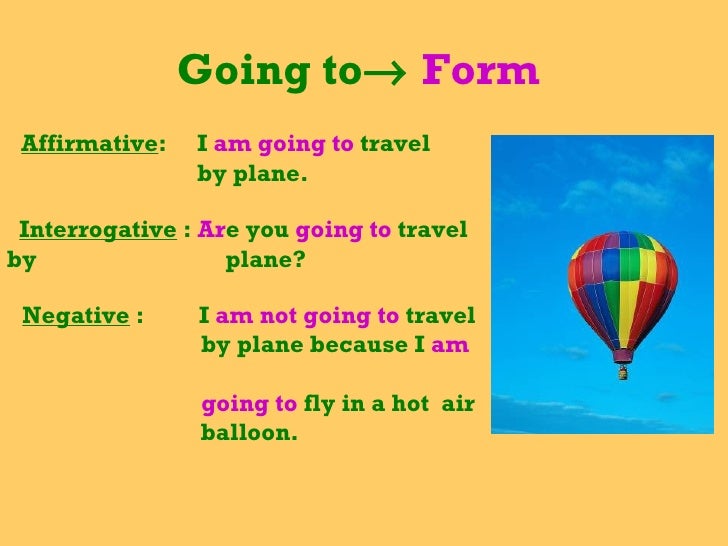"FIRST AND SECOND VIDEOS - ENGLISH V - ENP 2 - GROUP: 514, 2016 - 2017".
lunes, 27 de marzo de 2017
miércoles, 15 de marzo de 2017
"ABSOLUTE LOCATION" CROSS - CURRICULAR FOCUS: HISTORY / SOCIAL SCIENCES.
"ABSOLUTE LOCATION" CROSS - CURRICULAR FOCUS: HISTORY / SOCIAL SCIENCES.
Navigators
use lines of latitude and lines of longitude to locate places. Lines
of latitude run east and west (sideways, or horizontally) around
Earth. Lines of longitude run north and south (up and down or vertically around Earth. These lines create kinf of an imaginary graph paper on the Earth. They make it possible to find an absolute location on Earth.
When
we use lines of latitude and longitude together, we can get a very
precise location. If we want to identity the absolute location of a
point, we look where the latitude and longitude lines cross nearest
to that point- We use the coordinates for that point as its address.
Many maps today include degrees of latitude and longitude. Another
tool that help us navigate is the magnetic compass.
Asnwer the following questions.
1.- What is the function of lines of latitude and longitude?
To allow us to find an absolute location of a point on Earth.
2.- Which imaginary lines run north and south?
Longitude
3.- Which imaginary lines are based on the Equator?
Latitude
4.- Explain what is meant by an absolute location.
It is an adress of longitude and latitude of a place on Earth.
5.- In your opinion, which invention was more important: The astrolable or the magnetic compass? Why?
The magnetic compass is the most important advance in navigation because it allowed mariners to determine their direction even if clouds obscured their usual astronomical cues such as the North Star.
miércoles, 8 de marzo de 2017
VOA NEWS "LEARNING ENGLISH"
"KENYAN STUDENTS WIN PRIZE FOR SOLAR POWER PROJECT"

A group of students from Kenya was among winners of the 2017 Zayed Future Energy Prize. The 10-member team is receiving a $100,000 award to make their school a “green energy” institution.

The Zayed Future Energy Prize winners were recognized at a ceremony in January in Abu Dhabi. The award is presented every year through a competitive process. It goes to organizations or individuals with new ideas about renewable energy to help in efforts against global warming.

The Kenyan students were recognized for their plan to improve the Starehe Girls’ Centre and School, a secondary school about 20 kilometers north of Nairobi. The students say they will use some of the prize money to create a 25-kilowatt embedded solar carport. Under their proposal, the school would set up solar equipment to collect energy from the sun.

The Kenyan team competed in designing and modeling a solar powered car at the Petroleum Institute in Abu Dhabi. The car’s solar panel creates electricity from sunlight. The students tested their vehicle in a race. It finished in fourth place out of 15 schools.
Kenya’s Ministry of Education, through the National Commission of Science and Innovation, promised an additional $20,000. The organization operates in Nigeria, Tanzania and Uganda. But the project had an effect on the representative, who promised to extend Solar Sisters’ work to Kenya.
The school administration and teachers believe in protecting the environment. They have a custom of asking every visitor at the school to plant a tree on the property.
lunes, 6 de marzo de 2017
DIFFERENCES BETWEEN FUTURE TENSES.
"Will and going to".
“Going to” and “will” are used in the English language as the future tense. The future tense has many different ways of being expressed. Different forms include the simple future tense, “going to form, be about to form,” and the future continuous tense, future perfect tense, and future perfect continuous tense.
1.- “Will” and “going to” are both used for the future tense. “Will” is used in the simple future tense where the decision is immediate; whereas the “going to” form is a separate form which is not used for the simple future tense.

2.- “Will” is used to express the future as a fact. It is used to express what we think might happen in the future and when we decide at the time of speaking that something has to be done in the future. Whereas the “going to” form is used for a decision that has been taken before speaking for something which is likely to happen for sure in the future and to express an action at the point of happening.

We use 'will' in the following situations:
1. To talk about plans that we take at the time of speaking
I will have a coffee after the class
2. Predictions in the remote future
The doctor said my father will get better
3. Invitations, requests and offers
Will you come to the theatre with me?
4. In a question tag after an imperative form (not going go)
Close the door, will you?
5. To give an order or express a desire
Will you close the window?
6. Threats
Study harder or you will not pass your final exam
Adverbs that accompany ‘will’: perhaps, probably and certainly
I will probably go on holiday when I finish my degree in September
I will certainly give you a call when I am in Barcelona
Perhaps I will visit my cousin in June

We use 'going to' in the following situations':
1. To talk about future plans that we have decided some time before:
I am going to Sri Lanka next Christmas.
My brother and I are going to start a language course in January.
2. Predictions in the near future that the speaker is quite sure about because there are signs
It is going to rain this afternoon, the sky is grey.
My stomach is hurting, I think I am going to be sick.


Suscribirse a:
Comentarios (Atom)